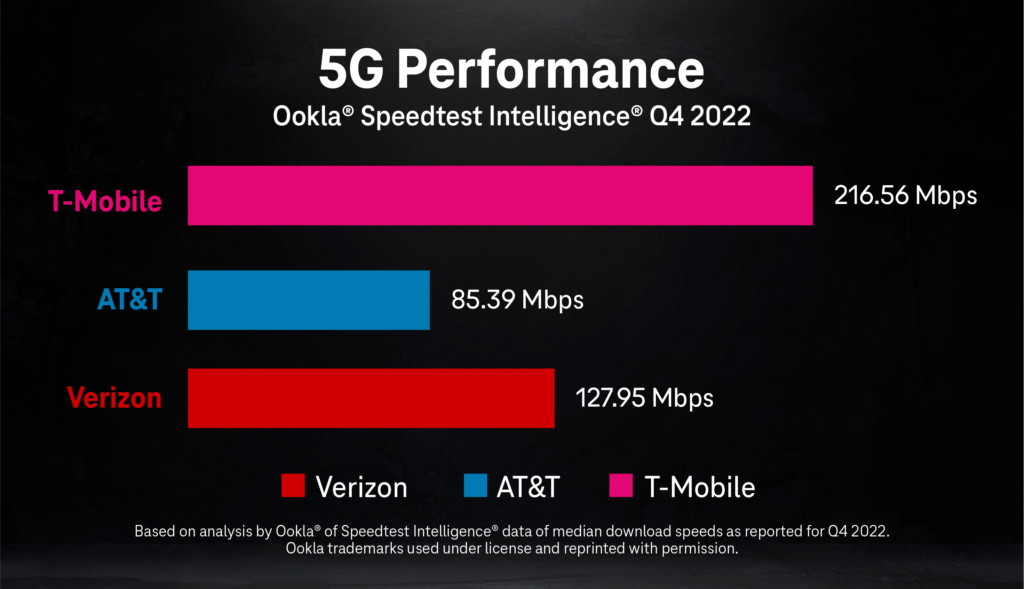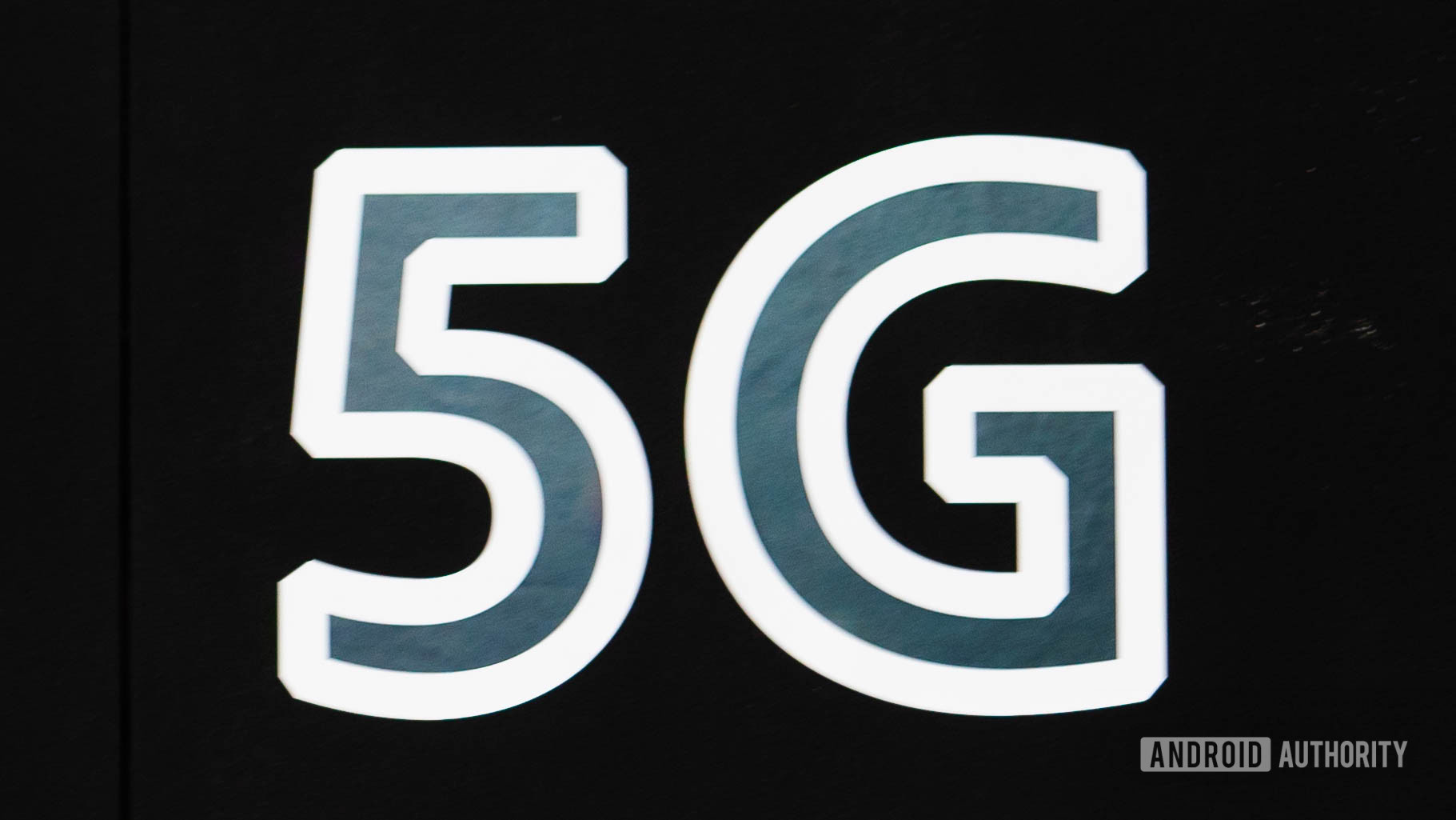Affiliate links on Android Authority may earn us a commission. Learn more.
LTE vs 5G: What are the differences and do you need 5G?

You’ve likely heard the terms LTE and 5G before. Do you really know what they mean or what the difference is? In this LTE vs 5G comparison, we take a look at these two different cellular standards to help you better understand the differences and what advantages 5G may bring.
What are LTE and 5G exactly?
In simplest terms, LTE and 5G are wireless communication standards. LTE stands for Long Term Evolution and is essentially an upgraded version of the earlier 4G standard. 4G stands for fourth-generation wireless. Most LTE networks are actually using an even further iteration of 4G called LTE-A (Advanced), though most consumers and networks simply call it LTE.
The next step in wireless technology is 5G, which stands for 5th generation. As a bit of an oversimplification, the higher the generation, the better the speeds and performance. We will get a bit more into the feature improvements 5G brings a bit further into the article. Instead, let’s first briefly focus on the more technical differences between the network hardware.
All wireless networks use cell sites to provide data through radio waves, but how they do it can differ greatly. In the case of 4G, carriers use high-power cell towers that can radiate signals over long distances. It tends to use a variety of frequencies, including the 800, 1800, and 2600 MHz bands, with 700, 1900, and 2300 also in use by some carriers. For a deeper breakdown of how LTE works, check out our 4G LTE guide.
5G is all about opening up more spectrum using a combination of existing and emerging technologies.
Meanwhile, 5G uses a mix of old and new technologies to ensure the fastest, most low-latency coverage possible. The big goal with 5G is to open up more wireless spectrum, as that will lead to more capacity and faster speeds overall. 5G does this by creating new high-frequencies while also repurposing unused bands from sources like radio and TV. Two of the most important types of 5G are mmWave and sub-6Ghz.
High-frequency mmWave base stations provide the fastest speeds possible but are relatively short-range. The good news is they are very small compared to traditional cell stations, making them perfect for mounting on buildings, lamp posts, and other fixtures. Carriers like Verizon blanket these small towers over select cities in the US. That means the fastest 5G speeds will typically be reserved for major metro areas.
Sub-6GHz networks use Wi-Fi-like signals just above the traditional 4G LTE frequencies. It encompasses the region of 3 to 6GHz, giving it enough flexibility and long-distance range to make up the backbone of most 5G networks. These cell stations are bigger than mmWave but still typically smaller than traditional LTE cell stations. If you live in a small city or rural area with 5G speeds, odds are it’s based on the sub-6GHz standard.
That’s a quick look at what LTE and 5G are and how they work. Admittedly it’s a bit of a condensed explanation. For a deeper look at 5G, be sure to check out our 5G guide.
How much faster is 5G vs LTE?

The actual speeds you get with LTE and 5G are going to vary considerably, depending on the carrier. Still, in most cases, 5G is going to be faster than LTE. Even more crucial is latency. The lower the latency, the faster data is actually transferred, making for a more seamless mobile experience. This results in shorter load times when watching your favorite shows, less lag in games, and just a better internet experience overall.
Don’t get us wrong; modern LTE-A is plenty fast. Although speeds can easily hit 100Mbps or more, most networks will average less than this and will vary depending on where in the country you live. Typically, speeds will range in the 15-60Mbps range for most users, with latency in the 25-50ms range.
These speeds are more than capable of handling your downloading and gaming needs, though 5G promises even better performance. The theoretical top speeds for 5G will be as high as 10Gbps with latency as low as 1mm. Of course, what’s possible in a lab setting never quite reflects reality. Most modern 5G networks in the United States average at least 75Mbps with a latency of around 20ms or less. Obviously, speeds can get even higher than this.
According to a recent report from Ookla, the fastest US 5G network is T-Mobile, with an average speed of 216.56Mbps. Verizon and AT&T averaged 129.96Mbps and 85.39Mbps, respectively. To learn more about T-Mobile’s 5G network, check out our guide explaining 5G UC.
LTE vs 5G: Aside from potentially faster speeds, what’s the advantage of 5G?

That said, for smartphone use, you won’t notice as big of a difference as we saw when 3G jumped to 4G. In the future, 5G will get faster and faster, eventually dramatically passing over what LTE-A is capable of, but those days aren’t here yet. Still, there are a few other advantages to 5G that more directly effect smartphone users.
One of the biggest advantages is the increased bandwidth, which means you’ll get more seamless data transfers and more reliable performance. This means fewer sudden drops in quality and other issues you might be more likely to see when streaming and doing other high-bandwidth activities on LTE.
5G is also capable of network slicing, unlike LTE. This allows different parts of the network to specialize in different tasks. For example, part of the network could be specifically designed to handle gaming, with another portion dedicated to high-definition streaming. This ultimately helps traffic move along better, resulting in reduced congestion.
A lot of 5G’s potential is in the future, not the present. It’s plenty fast and is a meaningful upgrade to LTE in its current state; it’s just less critical than it will be in a few years when our bandwidth needs further increase. Still, the International Telecommunications Union has some pretty high standards for what 5G will eventually accomplish over LTE:
- Ten times the battery life for low-power communications
- Five times reduced latency (end-to-end)
- 100 times the number of connected devices
- 100 times higher user data rates
- 1,000 times higher mobile data volume per area
LTE has some advantages of its own and isn’t going away anytime soon

The good news is you don’t have to pick just one. LTE and 5G are currently designed to complement one another and ensure the best coverage no matter where your travels take you.
LTE isn’t going anywhere anytime soon. In fact, 3G and 4G co-existed for a long time. The latter standard was just phased out by many US networks in the last year or two. Expect a similar situation for LTE. Most estimates suggest it will take at least a decade before LTE is phased out and replaced by 5G technologies.
Rolling out new networks take time. The fact 5G isn’t quite as good at performing over long distances also means LTE will hold out a bit longer until innovations in 5G bring better parity here. Even if you have a 5G phone, the existence of LTE is important as a fallback in areas where 5G has yet to roll out.
It’s also worth mentioning LTE technology is much cheaper than 5G technologies, both when it comes to device antennas and the equipment used in the towers. While we’re seeing more mid-range devices include 5G, certain budget devices will likely stick to LTE as long as possible until 5G matures.
Should you upgrade to a 5G network now, or are you better off waiting?

Do you absolutely need 5G? Not at all. If you live in an area with good LTE coverage and don’t need a new phone, I wouldn’t rush out and make the upgrade.
Of course, if your current phone is getting long in the tooth, I would definitely recommend getting a 5G capable phone for your next device. In fact, you’ll probably have a hard time finding a new phone without it unless you’re only willing to pay $100 or so for a phone — which is never a great idea.
Ultra-budget phones usually get almost zero updates or security patches and tend to have more compromises than they are worth. If you really don’t have much to spare, you can get 5G for just $200 with the Galaxy A14 5G. For even more options across a variety of price points, be sure to check out our best 5G phone guide.
For those who are afraid 5G will cost them more, don’t. Early on 5G was an extra paid feature for most carriers, but this is no longer the case. Every major network offers 5G for free, though whether you get those speeds will depend on if you live in an area with 5G access. If you don’t have 5G nearby, you’ll default to LTE. The even better news is that many prepaid carriers also now support 5G. Be sure to check out our guide for advice on the best 5G plans.